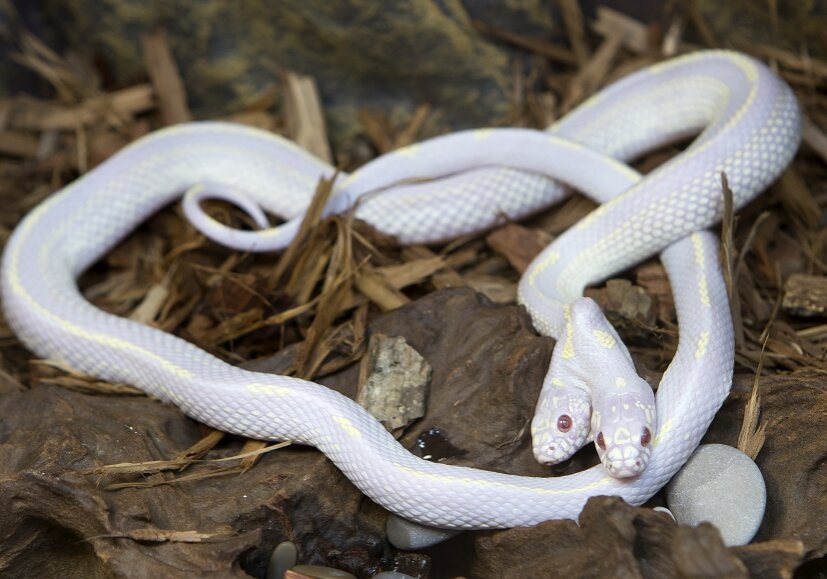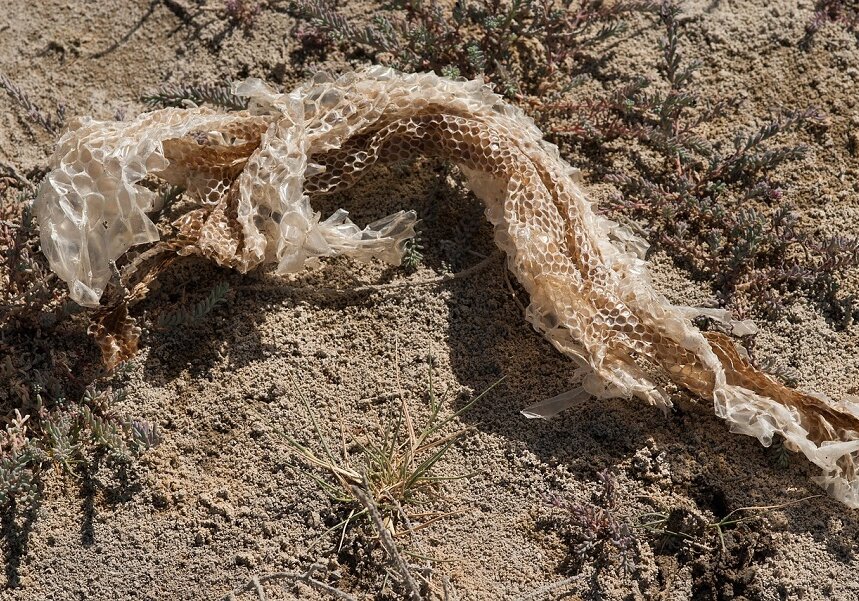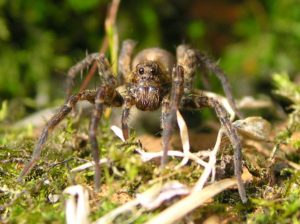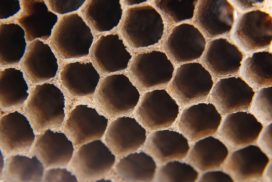WHY DOES SNAKESKIN NOT TEAR UNDER CONSTANT FRICTION?

Two-headed Californian king-snake

Snakeskin
According to research by Ph.D. student Marie-Christin Klein and Professor Stanislav Gorb of Kiel University published in Physorg, as a snake moves over sharp rocks and rough surfaces, the force is distributed over a wide area of the snakeskin due to its ingenious design: it is stiff outside and becomes progressively softer towards the inside.
The snake, therefore, suffers minimal damage when it moves and the skin lasts longer. If snakeskin were just stiff and sturdy, the snake would probably die from injuries inflicted by abrasive surfaces. Engineers are employing snakeskin inspired technology to make conveyor belts that need less lubrication.
Recent posts
Join us on social media or subscribe!
Sign up to receive our articles in your inbox!
Enter your name and email address below to subscribe.








